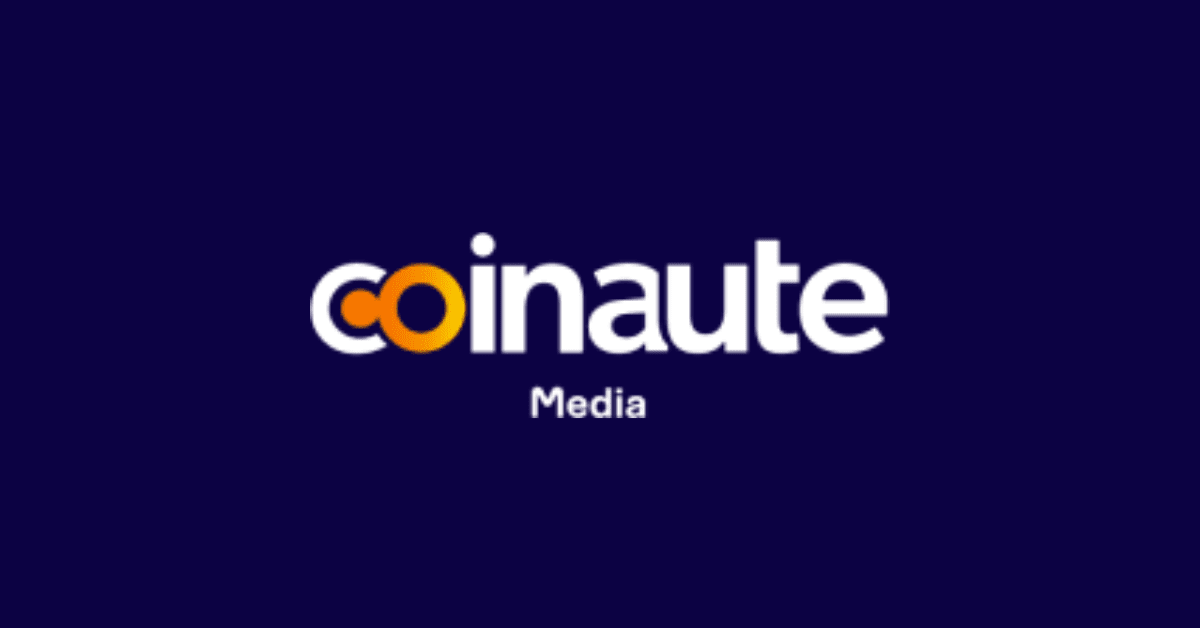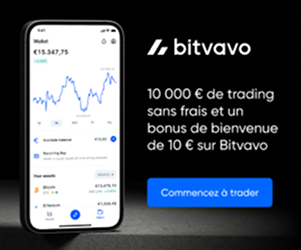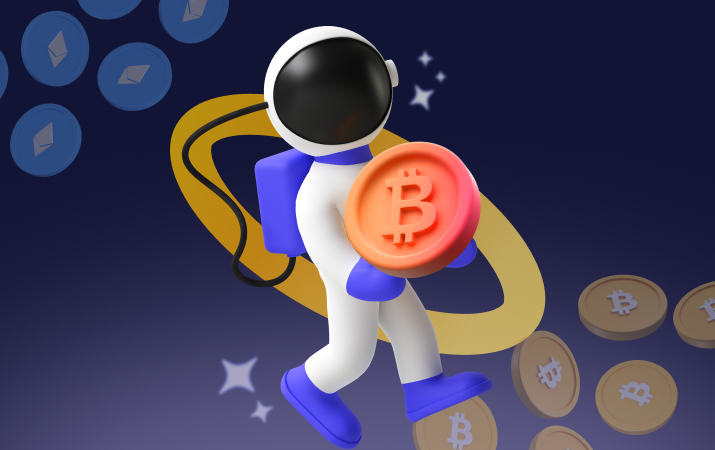Governance tokens are digital tokens issued by a decentralized organization that enable holders to participate in the decision-making and governance of that organization. In this article, we'll explore in detail what governance tokens are, how they work, and why they're important.
What is a governance token?
A governance token is a digital token issued by an organization DAO (Decentralized Autonomous Organizations) to enable its holders to vote on important decisions affecting the organization. Holders of these tokens can vote on proposals such as protocol changes, governance rule changes, and fund allocation.
A DAO is a virtual organization based on blockchain technology that operates without a central authority. Important decisions are taken by a vote of the community using the platform. Governance tokens are created to enable members of this community to vote on important proposals and participate in the organization's governance.
How do governance tokens work?
Governance tokens are tokens issued by a blockchain project to enable their holders to make decisions about the project's development. They can be used to vote on proposed changes to the code, to propose improvements to the system or to elect board members.
In many cases, governance token holders can also earn rewards by using their tokens to support projects or proposals that are ultimately adopted by the community. This can include token or fiat rewards, as well as other benefits such as early access to new features or participation in exclusive events.
How governance tokens work can vary from project to project. In some cases, token holders can vote directly on proposals. In other cases, token holders elect delegates to vote on their behalf. In all cases, however, token holders have a certain level of power and influence over the evolution of the project.
Source : https://maestria-blockchain.com
Why are governance tokens important?
Governance tokens are important for several reasons. Firstly, they enable token holders to participate in the decision-making and governance of the organization. This gives the community a voice in important decisions affecting the organization.
In addition, governance tokens can also be used to encourage community participation and engagement. Organizations can offer rewards to token holders who actively participate in the organization's governance, which can stimulate participation and collective decision-making.
Finally, governance tokens can also be used to create a long-term investment for token holders. Token holders can vote on the allocation of the organization's funds, which can potentially increase the value of governance tokens.
Example of a governance token
UNI (Uniswap)
The UNI token was introduced in September 2020 during a distribution(airdrop) to Uniswap users. UNI token holders can vote on governance proposals for the Uniswap protocol, including changes to exchange fees, protocol updates and new feature additions. Token holders can also delegate their voting rights to other Ethereum addresses if they wish.
AAVE (Aave)
The AAVE token was introduced in September 2020, replacing the former LEND token, as part of a token migration process. AAVE holders can vote on governance proposals for the Aave protocol, including changes to borrowing and lending fees, additions of new supported assets, protocol updates and business model adjustments.
GHST (Aavegotchi)
The GHST token is used as a medium of exchange and governance within the Aavegotchi video game. GHST holders can participate in the governance of the project by voting on governance proposals, including additions of new features to the game, modifications to reward mechanisms and changes to the game's economy.
Governance tokens have become a central element of DAOs (Decentralized Autonomous Organizations), enabling community members to actively participate in governance and decision-making in these organizations. Using governance tokens, members can vote on proposals for change, suggest improvements to the system and elect leaders.With the growing popularity of crypto-currencies and blockchain-related projects, the term "mainnet" has become a household word for those interested in crypto-currencies. Today, we're going to take a look at mainnet and the technical elements that make it up, so that you can gain a better understanding of this innovative technology.
Definition
A mainnet is a computer network that enables users to transfer crypto-currencies and tokens between themselves. A mainnet is completely separate from a testnet, which is a blockchain used by developers to test their applications and services before they go into production.
The term "mainnet" was coined by Ethereum founder Vitalik Buterin in 2013, to designate a blockchain network that would have its own native token and real transaction, distinct from the simulated tokens and transactions of the testnet.
The characteristics of a mainnet
A crypto mainnet is an independent blockchain that relies on its own technology and assets. For example, some ERC-20 tokens such as Shiba Inu do not have a mainnet, as they are based on Ethereum. Dogecoin, on the other hand, has its own blockchain network, i.e., its own mainnet.
Similarly, Ethereum-based decentralized applications (dApps) rely on the Ethereum mainnet. Contrary to popular belief, crypto assets hosted on a mainnet like Ethereum are generally valuable and useful. This is despite the fact that they don't have their own networks.
Underlying technology
Blockchain
The blockchain is the main technical element of the mainnet. It is a distributed blockchain that enables users to carry out secure, decentralized transactions.
It should be noted that some projects may choose a proof-of-stake network or even a hybrid system for their mainnet.
Network
Once the code has been put into production, the technical fundamentalists then work on setting up a stable, efficient network capable of handling the growth in user numbers and transaction volumes.
Transactions
Transactions play a crucial role in the smooth running of the mainnet. Users can transfer money between themselves, pay fees for using the network and update data stored on the blockchain.
Tokens
Tokens are another essential part of the mainnet technology package. These digital tokens can be bought and sold by users and generally represent a specific form of value on the market, such as access to a particular application or service.
Tokens can also be used as a means of payment to purchase goods or services.
Mainnet vs. Testnet: what are the differences?
A mainnet is a fully operational blockchain network. The assets it hosts have real value. In other words, they are the end result of the work of crypto developers. It should be noted, however, that mainnets are regularly updated to meet the specific needs of projects and users.
Test networks, on the other hand, are intended for developers looking to enhance a main network. They enable computer code and applications to be tested without jeopardizing the mainnet and without paying transaction fees.
Examples of mainnets
Ethereum Mainnet
Ethereum is one of the most popular and widely used blockchains for smart contracts and decentralized applications. The Ethereum Mainnet is Ethereum's main blockchain, where transactions are validated and smart contracts are executed.
Binance Chain Mainnet
Binance Chain is a blockchain created by Binance, one of the world's most popular cryptocurrency exchanges. The Binance Chain Mainnet enables users to exchange cryptocurrencies and participate in staking activities.
Cardano Mainnet
Cardano is a third-generation blockchain that focuses on scientific research and a mathematical proof-based approach. The Cardano Mainnet is Cardano's main blockchain, enabling users to participate in blockchain governance and create decentralized applications.
The mainnet is an important tool for blockchain-based projects and platforms, as it is essential to the creation and management of crypto currencies and digital tokens. Understanding the concept is essential for those wishing to invest in the crypto market.








